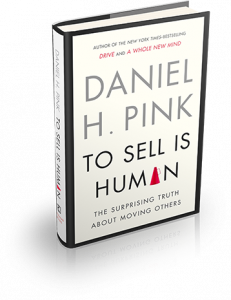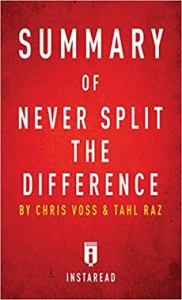Slogans and Blogs – Sisters Under the Skin?
While logos are visual representations of a brand, slogans are audible representations, Lindsay Kolowich Cox explains in a Hubspot piece. The idea, in both cases, is grab consumers’ attention and leave a key message in consumers’ minds. Earlier this week in this Say It For You blog, I highlighted the 1-800-Got-Junk slogan as an example of emphasizing convenience and ease-of-use.
Several of the ingredients which Kolowich-Cox thinks make for great slogans can contribute to the success of blog posts:
A great slogan includes a key benefit. The emphasis needs to be on key benefits of the product or service, not its features. Proctor & Gamble’s Bounty paper towels are “the quicker picker upper.”
Focus a blog post on painting either a “more” (glamour, time saved, comfort, money, miles per gallon) or “less” (pain, cost, waste, hassle) picture.
A great slogan differentiates the brand. How can one piece of chocolate truly stand out from another? M&M’s “Melts in your mouth, not in your hands” differentiates with an implied comparison with every other chocolate brand.
It’s almost axiomatic that, in writing for business, we want to clarify the ways we are better than the competition. But, rather than saying negative things about other companies or practitioners, explain the reasons you have chosen to do things the way you do.
A great slogan imparts positive feelings, possibly through nostalgia. MasterCard’s “There are some things money can’t buy. For everything else, there’s MasterCard.”
True stories about the mistakes and struggles that ultimately led to your success are very humanizing, adding to the trust readers place in the people behind a business or practice.
A great slogan reflects the values held by the organization.
Whether business owners or professional practitioners are doing their own blog posting or hiring professional content writers to help, the blog is conveying the values and beliefs of the owners. In fact, the content is an invitation to readers to become part of the process of bringing those values to life.
A great slogan conveys consistency. Kolowich-Cox cites Verizon’s “Can you hear me now? Good.” (Competitors may have better texting options or fancier phones, the implication is, but with Verizon you can always rely on service.
Consistency is the very backbone of business blogging success. high-quality stuff. To satisfy a search engine, your blog material must be updated frequently. Most important, consistent posting of content shows readers that you are “present” and involved.
Blog posts, of course, are much longer than slogans. Still, the idea in both cases is to grab consumers’ attention and leave a key message in their minds, built around an unmet consumer need.






Follow us online!